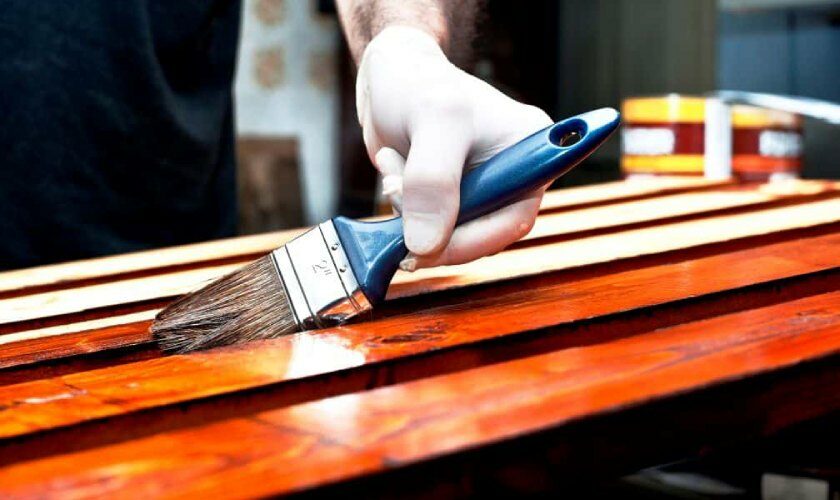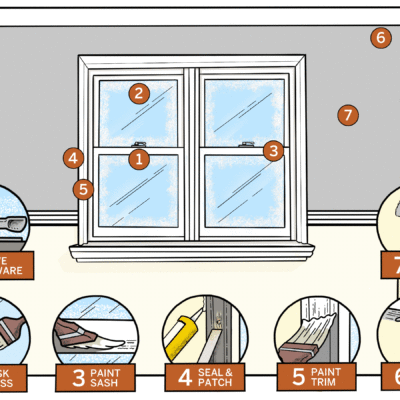How to apply paint on painted wood

If you want to paint over stained wood, there are a few important steps you need to follow to ensure the paint adheres properly and lasts for a long time.
Painting a wooden surface: step by step instructions
Firstly, you need to sand the surface of the wood with fine-grit sandpaper. This will help remove any glossy finish and rough up the surface so that it is easier for the paint to stick.
Next, clean the surface thoroughly using a damp cloth or tack cloth. You need to remove any dust or debris before painting.
Apply a primer specifically designed for use on stained wood. The primer will help seal in any stains or tannins that may bleed through your topcoat of paint.
After allowing sufficient drying time for your primer, apply your chosen topcoat of paint using a high-quality brush or roller. Be sure to follow manufacturer instructions regarding application techniques and drying times.
Once finished painting, allow ample time for drying before handling or placing items on your newly painted surface.
By following these steps, you can successfully paint over stained wood and achieve beautiful results that last.
Painting over stained wood can be a great way to update the look of your furniture, cabinets, or trim. However, it is important to approach this project with care and attention to detail in order to achieve the best results.
Surface preparation and the most common mistakes
One of the most important steps in painting over stained wood is properly preparing the surface. This involves sanding down any rough spots or glossy finishes, as well as cleaning off any debris using a damp cloth or tack cloth.
Once you have prepared the surface, it is essential to apply a primer that is designed for use on stained wood. This will help seal in any stains or tannins that may bleed through your topcoat of paint and ensure a smooth finish.
When choosing your topcoat of paint, consider factors such as color and finish. You may want to select a color that complements your existing decor, while also considering whether you prefer a matte or glossy finish.
After applying your chosen topcoat of paint using a high-quality brush or roller, allow ample time for drying before handling or placing items on your newly painted surface. Depending on the type of paint and conditions in which you are working, this may take several hours or even days.
Conclusion
Overall, painting over stained wood can be an effective way to update your home’s interior design without breaking the bank. With careful preparation and attention to detail throughout each step of the process, you can achieve beautiful results that last for years to come!









